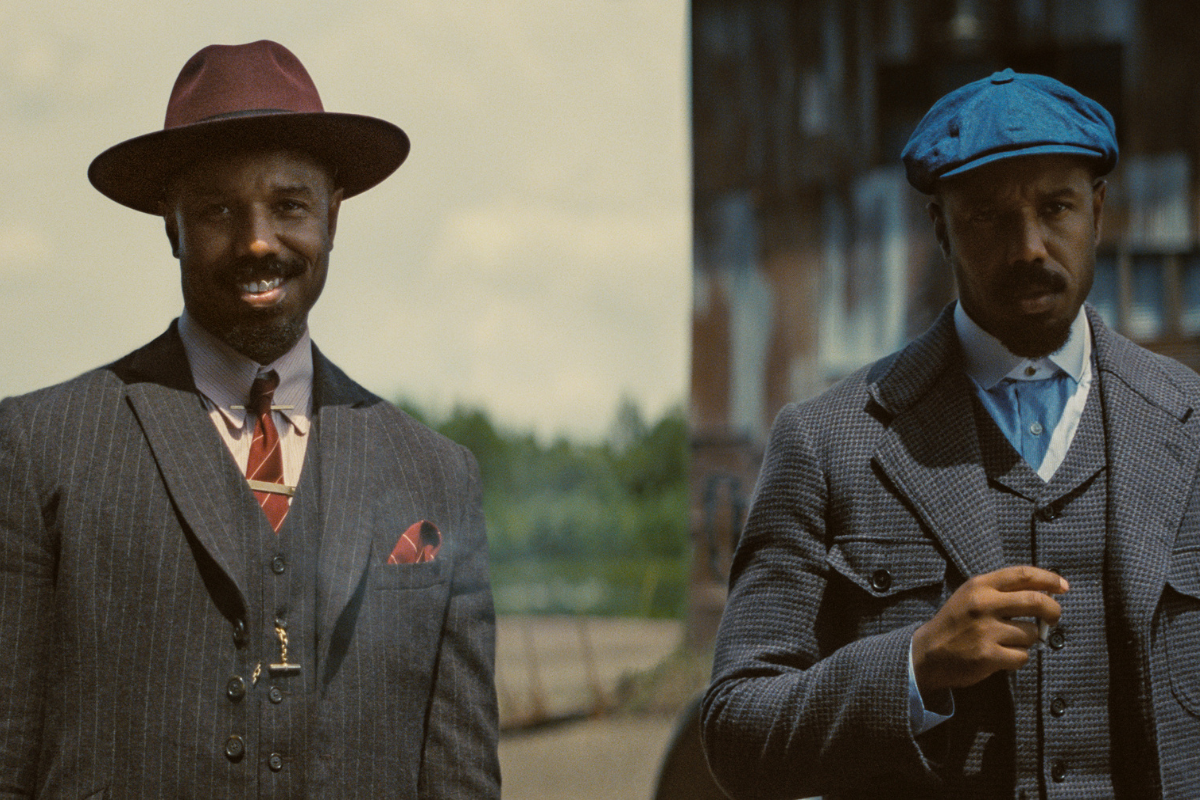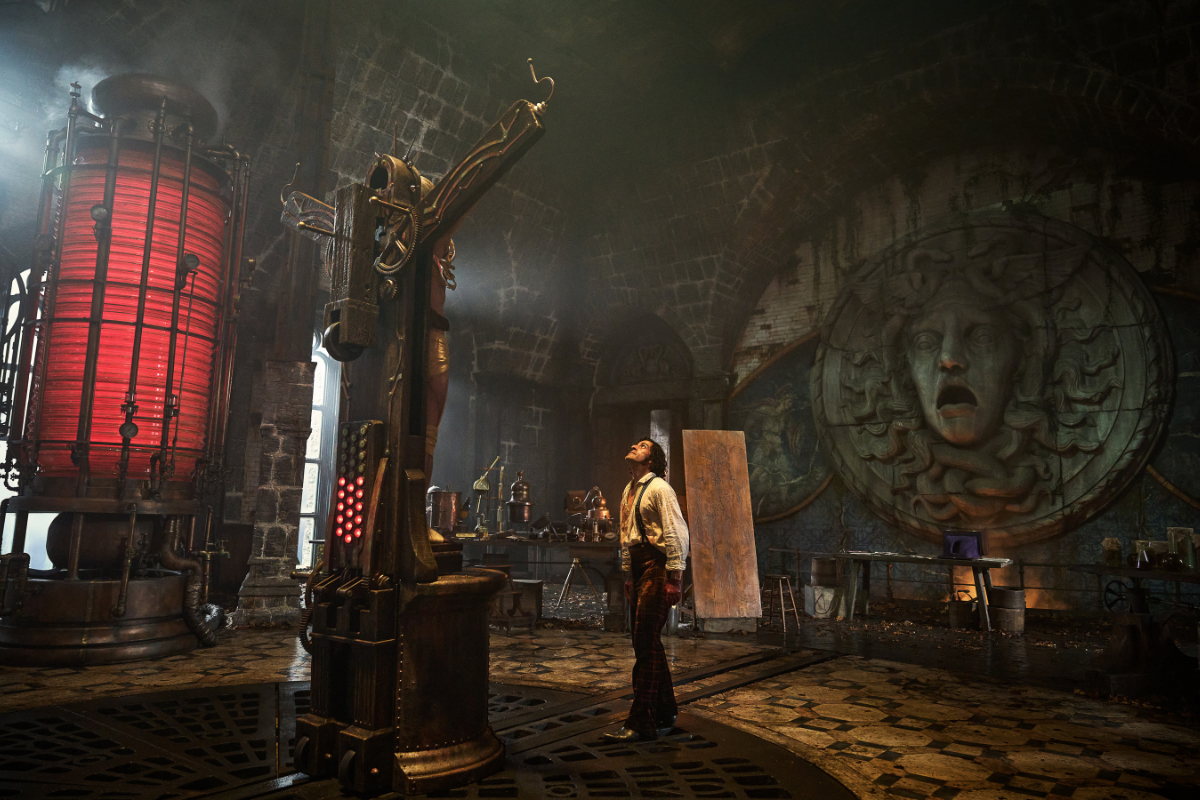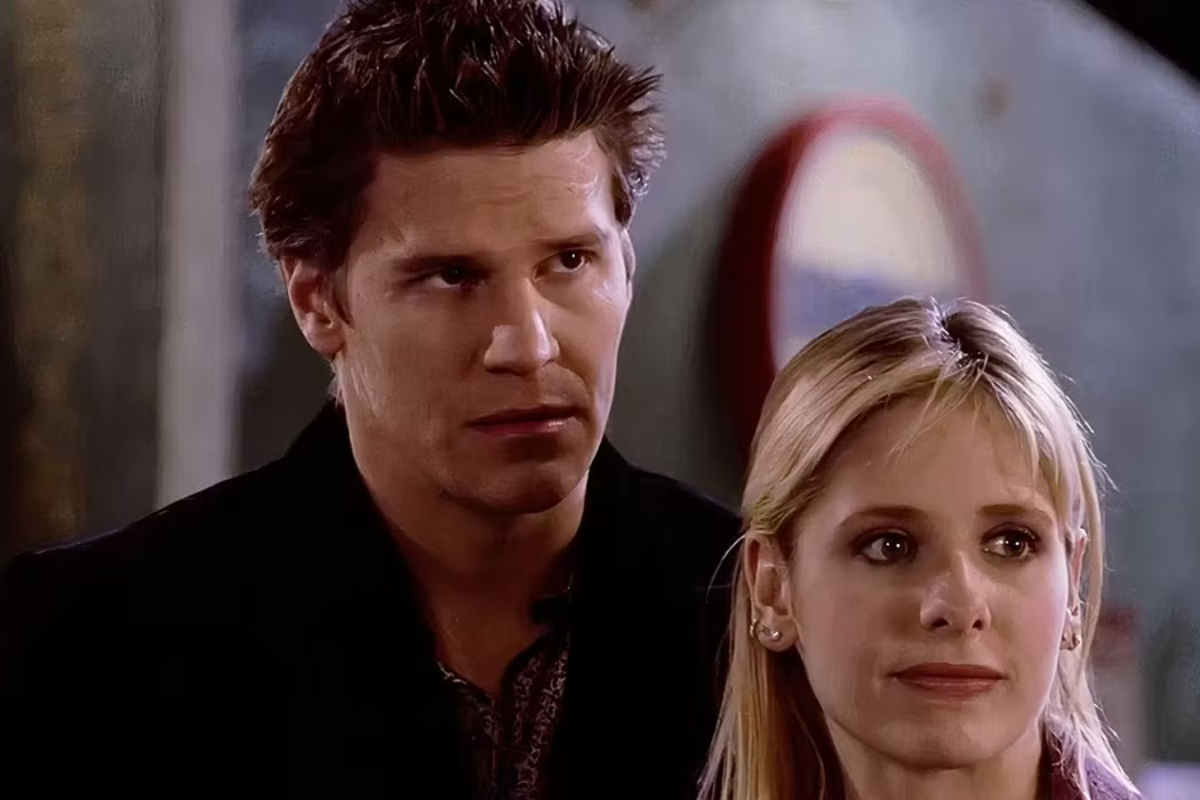Sci-Fi Circuit: Sci-Fi Storytelling, Part 2 – Structure, Budget, & What’s Next
This is a continuation of my last article, “Sci-Fi Circuit: Sci-Fi Storytelling, Part 1 — Story Type, Mistakes, & Big Ideas“, with screenwriting mentor Chris Soth. In Part 2 of…
This is a continuation of my last article, "Sci-Fi Circuit: Sci-Fi Storytelling, Part 1 -- Story Type, Mistakes, & Big Ideas", with screenwriting mentor Chris Soth. In Part 2 of this series, we'll explore the classic structure of a sci-fi screenplay, talk about an overlooked aspect budgetary considerations, and look at coming up with the next big sci-fi idea.
Structuring Your Sci-Fi Screenplay
As we discussed last week, Chris uses ten story types along with his mini-movie method to structure a screenplay. For sci-fi, he uses a supernatural story type (read more about what this means and why he uses it in last week's article).
The Opening
First, make it clear this is a supernatural sci-fi story. Chris says, "A supernatural story will have something supernatural occurring in the prologue or opening to demonstrate that the supernatural exists here. In a sci-fi story we might see advanced scientific phenomenon that defies laws of physics as we know them."
For example, Chris says, in the The Terminator, the time travel "bubble" appears right away with the Terminator. "Arriving naked in his blue electric bubble, he appears in our time. We know from perhaps the first frame that something supernatural is occurring."
So the movie begins with something to state the rules of this world -- something that doesn't exist in our present-day lives.
Other examples could include seeing a monster or an alien right away (Men In Black) or an asteroid headed toward Earth (Armageddon), or a space ship mining vessel being hailed from an nearby planetoid (Alien).
Often these openings do not feature the protagonist of the story. As an example Chris describes Men In Black, "It opens with illegals trying to cross the border from Mexico into the United States -- but they are space aliens. In that first scene, we see that aliens do live among us, and that we have an agency that deals with these space aliens and documents them. Those rules are set right away in the first scene." And Will Smith, our protagonist, does not appear in that sequence.
End of the First Sequence
Then, "about 15 minutes into the story (or about 15 pages in), the protagonist will be confronted with a vestige or repercussion of this same supernatural phenomenon and realize that something strange -- something scientifically unnatural -- is going on." The protagonist will be the reluctant hero who doesn’t want to deal with this phenomenon in his own world.
Sarah Connor (Linda Hamilton) meets Kyle Reese (Michael Biehn) at this point in The Terminator. In Men In Black, Kay ( Tommy Lee Jones) meets the future Jay (Will Smith) and invites him to come to work with him.
End of the First Act
By end of first act, "our reluctant protagonist is locked in to taking action to deal with this supernatural phenomenon," like Sarah Connor is locked in to staying with Kyle Reese in The Terminator -- he's her only chance for survival.
At the end of the first act in Men In Black, Jay has become "locked in" to the MIB with the removal of his fingerprints and the erasure of his identity.
The Second Act
In the second act, the protagonist battles the supernatural phenomenon. This might look like a series of battles between alien and human spaceships (Independence Day) or between the protagonist and a monster (antagonist) (The Terminator or Aliens).
"At the midpoint," Chris explains, "classically, there will be an unexpected expansion on the rules of the supernatural or sci-fi phenomenon. For example, in Alien, the creature grows much, much faster than anyone thinks is possible."
"Or in The Terminator, Sarah is told she’ll be mother of the savior of the human race, John Connor. At the midpoint, there's a sex scene between her and Kyle Reese, and we realize he’s conceived then. She is now bearing the progeny of future, fathered by his own best friend -- an unexpected consequence of the supernatural phenomenon."
End of the Second Act
At the end of Act 2, this phenomenon threatens to destroy our hero and the world.
To develop the low point at the end of Act Two (as well as all your structure beats), Chris recommends asking yourself, "What is this idea? How is the world different? What would it be like to live in a world like that? At end of second act, how could that spin out of control and threaten to destroy the world?"
For example, The Planet of the Apes movies delves into the question of "What if we had apes who were our slaves? Then they might revolt and overthrow us and become the masters of the human race" to come up with the low point at the end of Act Two.
The Third Act
In Act 3, "very generally, there is a battle in which the hero destroys and vanquishes the supernatural power or is vanquished and destroyed by by it. Or she or he goes up against an enemy with a similar power. At a minimum, the phenomenon will destroy our hero or change him or her, and the world, forever."
Budget Considerations
Although sci-fi is typically thought of as something only big studios can do, Chris points out that "Everybody makes an indie movie to react against what studios can with supernatural and sci fi, and yes, it's true you can’t do what the studios can do with big budgets. But you can have aliens. You can write to budget. There are movies that feature aliens that look like human beings but are defined as aliens. You could make a movie about an alien who came to dinner for same price as a movie about anybody who came to dinner. Look for sci-fi conceits that don’t rack up huge effects budgets. There are some good low budget sci-fi films out there, like Safety Not Guaranteed."
He also mentions the importance of knowing "what's been done." If you're writing a big budget script, give some thought to "pre-branding" with a novel, a graphic novels, or webisodes if possible. It's useful to have the project perceived as a success in another area before trying to sell it as a big budget screenplay. Luckily, he points out, "there's a lot of precedent for success in the sci-fi genre. It's got the biggest franchises in the world, like Star Wars. The supernatural story paradigm is huge and beats everything up -- it's a huge part of the box office every day."
Be On the Look Out For the Next New Idea
Chris says "the real excitement in sci-fi is coming up with the new idea. As technology advances, that’s where sci-fi ideas are going to come from, like magical cell phones that get smarter and smarter, the technology we all run into every day. Super powers people have that can be given a scientific explanation, like Superman, which is actually a sci-fi conceit -- he is an alien after all, come here from a different planet in a spaceship. Tony Stark of Iron Man is all about the technology. Avatar came the closest to being something new. It was a new type of sci-fi story (that verges on fantasy) made by setting a classic revolt story on an entirely different world."
And while you're at it, Chris advises, "Always ask yourself, what’s this got to do with people and humanity now? How is this a metaphor for understanding the human condition? Use sci-fi to reveal the truth about the world as it is now. For example, you might regret a past action, keep revisiting it, and but then realize you would do it again the same way." That idea could be explored in a time travel story.
Thank you, Chris!
About Chris Soth
Chris Soth is a writer, director, and producer who has authored over 28 screenplays and is a frequent speaker on the topics of story structure and independent filmmaking, teaching screenwriters around the world how to write great screenplays and pitch them for success. Chris is the writer of Firestorm, released by 20th Century Fox, and the independent hit Outrage: Born In Terror. He has taught at USC and UCLA, and currently guides screenwriters from concept to FADE OUT using the “Mini-Movie Method” through his mentorship program at www.YourScreenplayMentor.com. His ebook “Million-Dollar Screenwriting: The Mini-Movie Method” and DVD “SOLD! How I Set Up Three Pitches in Hollywood,” among other great screenwriting resources, are available at www.MillionDollarScreenwriting.com.
You can follow Chris and pick up free screenwriting tips on his Facebook page, here.
Need Help Outlining Your First Draft? Get our FREE Story Structure Tips Download
Related Articles:
- What Makes It Sci-Fi? by Jenna Avery
- The Magic of World Building by Jenna Avery
- The Purpose and Value of Science Fiction by Jenna Avery
Tools to Help:
- Write Sci-Fi Film & Television Scripts That Sell (on-demand webinar) with Steve Duncan
- The Writer’s Digest Guide to Science Fiction & Fantasy by Orson Scott Card
- Write Your Science Fiction, Fantasy or Paranormal Novel Collection







